
AI-Powered Phishing Detection: Strategies to Combat Next-Gen Email Threats in 2025

The cybersecurity scenery is evolving at breakneck speed. In 2025, phishing attacks have transformed into highly sophisticated, AI-driven operations. Traditional email security measures, once effective against rudimentary scams, are now struggling to keep up with cybercriminals leveraging machine learning and natural language processing (NLP) to create near-perfect fraudulent emails.
As businesses increasingly depend on digital communication platforms like Microsoft 365 and Google Workspace, the stakes have never been higher. AI-powered phishing detection solutions are emerging as a critical line of defense to identify subtle anomalies and thwart attacks before they reach users' inboxes.
In this Blog, we will explore the evolution of phishing in the age of AI, delve into how generative AI is fueling these sophisticated threats, analyze their impact and cost, and provide actionable mitigation strategies. We’ll also share a real-world case study and a step-by-step guide for securing email platforms, followed by an extensive FAQ section designed to address all your concerns.
The Evolution of Phishing Attacks in the AI Era
Traditional Phishing vs. AI-Enhanced Phishing
Phishing attacks have come a long way from the generic, poorly crafted scams of the past. Traditional phishing relied on mass-mailing tactics and template-based emails that were relatively easy to identify with signature-based detection systems.
However, as artificial intelligence advances, attackers now harness its power to generate personalized, context-aware phishing emails that mimic legitimate communication with startling accuracy.
The Role of AI in Modern Phishing
Generative AI has revolutionized the way cybercriminals design phishing campaigns. With the help of machine learning algorithms and NLP, attackers can:
Personalized Content at Massive Scale:
AI can analyze vast datasets, including public profiles and past communications, to tailor phishing emails that resonate with the recipient. This hyper-personalization makes fraudulent emails appear more authentic.
Generate Deepfakes:
Advanced AI models now produce realistic deepfake audio and video, enabling cybercriminals to impersonate trusted executives or colleagues. This heightens the deception and makes it harder for recipients to detect anomalies.
Automate Campaigns:
By automating the phishing process, AI allows attackers to send thousands of highly targeted messages in a matter of minutes, vastly increasing the potential impact of an attack.
How Generative AI Amplifies Phishing Threats
Hyper-Personalization and Deep Learning
Generative AI leverages deep learning to understand language patterns and user behavior. This capability allows phishing emails to be crafted with a level of personalization that can easily deceive even the most vigilant users.
For instance, AI can generate emails that mimic the writing style of an executive or recent internal communication cues, making them nearly indistinguishable from genuine messages.
Mimicking Human Behavior
AI-powered phishing attacks are particularly dangerous because they mimic natural human communication. The language used is fluent, contextually accurate, and free from the common errors that once gave away fraudulent messages. As a result, even employees who are generally cautious may find it difficult to identify these deceptive communications.
Scalability and Automation
Another critical factor is scalability. AI enables attackers to automate the entire process—crafting, sending, and even managing follow-up emails. This automation ensures that phishing campaigns can reach an unprecedented number of targets without requiring significant human intervention, amplifying the overall threat level.
Real-Time Adaptability
One of the most formidable aspects of AI-driven phishing is its ability to learn from ongoing interactions. Attackers can continuously refine their methods based on the success rate of previous campaigns, quickly adapting to any new security measures implemented by organizations.
Impact and Cost of AI-Powered Phishing
Financial Implications
Phishing attacks have already cost businesses millions of dollars in breach remediation, lost revenue, and reputational damage. Recent studies have shown that the average cost of a phishing-initiated ransomware attack now approaches $4.9 million. With AI enhancing the sophistication of these attacks, the potential financial fallout is expected to rise significantly.
Reputational Damage
Beyond the immediate financial losses, successful phishing attacks can severely damage a company’s reputation. Customers and partners lose trust when sensitive information is compromised, leading to long-term brand damage and a decrease in market share.
Operational Disruptions
The impact on operations can be equally devastating. Phishing attacks often lead to prolonged system downtime, overwhelming IT departments with the need to investigate, remediate, and restore services. This not only disrupts daily business activities but also diverts critical resources away from innovation and growth.
Increased Complexity of Threat Landscape
As cybercriminals use AI into their phishing campaigns, the complexity of the threat landscape increases. Organizations are forced to contend with a constantly evolving array of attack vectors, making it more challenging to maintain robust security defenses without advanced tools.
Mitigation Strategies and Best Practices
To effectively counter AI-powered phishing, organizations need to adopt a comprehensive, multi-layered approach that leverages advanced technologies and robust processes.
Invest in AI-Driven Detection Tools
Modern cybersecurity solutions incorporate machine learning algorithms that analyze email metadata, user behavior, and content patterns in real time. These tools can detect subtle anomalies that indicate phishing attempts, even when the email content appears flawless.
AI to Fight AI: A well architected and trained LLM-native system can analyze and extract the true intent of an email using techniques such as few shot prompt engineering and chain of thought, effectively doing the work of 1000 security analysts in tandem.
Threat Intelligence with AI : Leverage solutions that build their own threat intelligence using the processing and reasoning power of purpose trained large language models to predict the next threat. In the AI Era, assume every threat is unique. Traditional threat intelligence with stale IOCs cannot be used to detect net-new, zero-day threats.
Enhance Employee Training
Employees are the first line of defense against phishing. Regular training programs and simulated phishing exercises can help improve awareness and reduce the risk of human error.
Simulated Phishing Drills: Regularly test employees with realistic phishing simulations to gauge their response and provide targeted training.
Interactive Training Modules: Use AI-powered training tools that adapt to the learning pace of employees and provide instant feedback.
Implement Zero Trust Architecture
Adopting a Zero Trust security model ensures that no one, whether inside or outside the organization, is trusted by default. This approach requires continuous verification of user identities and strict access controls.
Micro-Segmentation: Divide the network into smaller, secure zones to limit the potential impact of a successful phishing attack.
Continuous Authentication: Implement real-time identity verification to ensure that access is granted only when it’s absolutely necessary.
Develop a Robust Incident Response Plan
Despite the best defenses, some phishing attempts may still succeed. A well-documented incident response plan is crucial for minimizing damage and ensuring a rapid recovery.
Predefined Response Playbooks: Create detailed action plans for various attack scenarios, including containment, eradication, and recovery.
Regular Drills: Conduct regular incident response exercises to ensure that all team members are familiar with the protocols and can act swiftly.
Real-World Case Study: Blocking 500+ AI-Driven Phishing Attacks in 30 Days
The Challenge
One of our clients, a global enterprise using Office 365, faced a surge in sophisticated phishing attempts. Traditional email security solutions were unable to detect the highly personalized, AI-generated phishing emails, leading to an alarming increase in security incidents.
The Solution
The client implemented StrongestLayer’s AI-powered phishing detection solution for Emails. Our system deployed real-time behavioral analysis, adaptive machine learning models, and continuous threat intelligence updates to scan incoming emails. Additionally, the client enhanced their employee training program with simulated phishing exercises.
The Results
98% Reduction in Phishing Risk: Within just 30 days, the client saw a dramatic drop in phishing incidents.
Time Savings: The enhanced detection system saved IT teams more than 20 hours per week by automating threat analysis and response.
Improved User Confidence: Regular training and clear communication of security policies helped employees become more vigilant, reducing the likelihood of successful phishing attacks.
Step-by-Step Guide to Securing Microsoft 365 & Google Workspace
Step 1: Assess Your Current Security Posture
Conduct a Comprehensive Audit: Review your existing email security protocols to identify gaps and vulnerabilities. This includes examining your spam filters, email gateways, and user training programs.
Engage with Experts: Consider a third-party security assessment to benchmark your defenses against industry standards.
Step 2: Deploy AI-Powered Detection Solutions
Select the Right Tool: Choose an AI-driven phishing detection platform that seamlessly with Microsoft 365 and Google Workspace.
Configuration and Customization: Configure the system to monitor behavioral patterns, analyze metadata, and update threat intelligence feeds in real time.
Step 3: Train Your Employees
Regular Training Sessions: Implement ongoing cybersecurity training focusing on recognizing AI-enhanced phishing attacks.
Simulated Phishing Campaigns: Use simulated attacks to test and improve employee awareness, adjusting training based on performance and feedback.
Step 4: Monitor and Adapt Continuously
Real-Time Monitoring: Set up dashboards that provide continuous insights into email traffic and potential threats.
Feedback Loop: Analyze detected incidents and adjust the machine learning models accordingly to reduce false positives and improve detection accuracy.
Incident Response Integration: Ensure that your detection system is part of a broader incident response plan for rapid containment and remediation.
The Future Landscape of Email Phishing in 2025
Emerging Threats
Deepfake Phishing: As AI technology advances, attackers may use deepfake videos or audio to impersonate executives in real time.
Adaptive Malware: AI-driven malware will continue to evolve, learning from each incident to bypass existing security measures.
Quantum Risks: With the potential rise of quantum computing, current encryption methods may become vulnerable, necessitating a shift to post-quantum cryptography.
Preparing for Tomorrow
Organizations must not only address the challenges of today but also prepare for future threats. Investing in advanced AI-driven security tools, continuous training, and proactive threat intelligence will be critical in maintaining a robust defense posture.
Final Thoughts For AI-powered phishing detection for Email
In 2025, phishing attacks have reached new heights of sophistication. Traditional security measures are no longer sufficient against AI-generated threats that mimic human behavior with alarming accuracy. To combat these next-gen email threats, organizations must adopt a comprehensive, multi-layered strategy that includes:
Advanced AI-Driven Detection: Leveraging machine learning to identify subtle anomalies in email communication.
Employee Training: Continuously educating staff through simulations and real-world training exercises.
Zero Trust Security Models: Implementing strict access controls and continuous verification protocols.
Robust Incident Response: Preparing for inevitable breaches with well-defined response playbooks.
By taking these steps, organizations can significantly reduce their phishing risk, save valuable IT resources, and build a resilient cybersecurity framework for the future.
Frequently Asked Questions (FAQs)
Q1: What is AI-powered phishing detection?
It’s an advanced security approach that leverages machine learning, behavioral analysis, and real-time threat intelligence to identify and block phishing emails generated using AI techniques.
Q2: How does AI improve phishing detection compared to traditional methods?
AI-powered systems continuously learn from vast datasets, allowing them to detect subtle anomalies and adapt to evolving threats, whereas traditional methods rely on static signatures that can be easily bypassed.
Q3: What are the main risks of AI-generated phishing attacks?
These attacks are highly personalized, often bypassing traditional filters, which increases the risk of financial loss, data breaches, and operational disruptions.
Q4: Can AI-powered phishing detection work with platforms like Microsoft 365 and Google Workspace?
Yes, many modern AI security solutions are designed seamlessly with popular email platforms, enhancing existing security measures without disrupting user workflows.
Q5: What are the benefits of using behavioral analysis in email security?
Behavioral analysis monitors typical user and email patterns, flagging deviations that may indicate a phishing attack. This method is effective in identifying attacks that traditional signature-based methods miss.
Q6: How effective are AI-driven systems at reducing false positives?
AI-driven systems continuously refine their models through machine learning, which helps to significantly reduce false positives and ensure that legitimate emails are not mistakenly blocked.
Q7: What role does employee training play in combating phishing?
Regular training, especially through simulated phishing drills, helps employees recognize suspicious emails and understand how to respond appropriately, which is crucial in reducing human error.
Q8: How can organizations measure the effectiveness of their phishing detection system?
Key performance indicators include the reduction in phishing incidents, the percentage of threats detected, the rate of false positives, and the overall reduction in response time for incident management.
Q9: What is Zero Trust architecture and how does it help against phishing attacks?
Zero Trust architecture requires continuous verification of user identities and strict access controls, ensuring that even if a phishing attack is successful, lateral movement within the network is minimized.
Q10: How does continuous threat intelligence contribute to better email security?
Continuous threat intelligence provides up-to-date data on emerging phishing tactics and vulnerabilities, allowing AI systems to quickly adapt and block new threats before they reach users.
Q11: What are some common challenges when deploying AI-powered phishing detection?
Common challenges include integration with existing systems, ensuring minimal disruption to workflows, fine-tuning models to reduce false positives, and maintaining up-to-date threat intelligence feeds.
Q12: How can enterprises benefit from AI-powered phishing detection?
Enterprises can significantly enhance their email security without the need for large security teams. AI-powered solutions offer scalable, cost-effective protection that adapts to their evolving needs.
Q13: What future trends in phishing should organizations be aware of?
Future trends include the rise of deepfake phishing, adaptive malware, and the potential impact of quantum computing on encryption, all of which necessitate continuous innovation in security measures.
Q14: Why is proactive phishing detection more critical than ever in 2025?
With the increasing sophistication and volume of phishing attacks, a proactive, AI-powered approach is essential to detect and neutralize threats before they can cause significant harm.
Q15: What is the phishing trend in 2025?
Here are the key trends:
AI-Driven Personalization
Deepfake and Multimedia Phishing
High Scalability and Automation
Adaptive and Evasive Techniques
Increased Targeting of Remote and Cloud Environments
Overall, the trend is shifting toward highly sophisticated, AI-enhanced phishing attacks that require advanced, multi-layered defenses to detect and mitigate effectively.




.png)
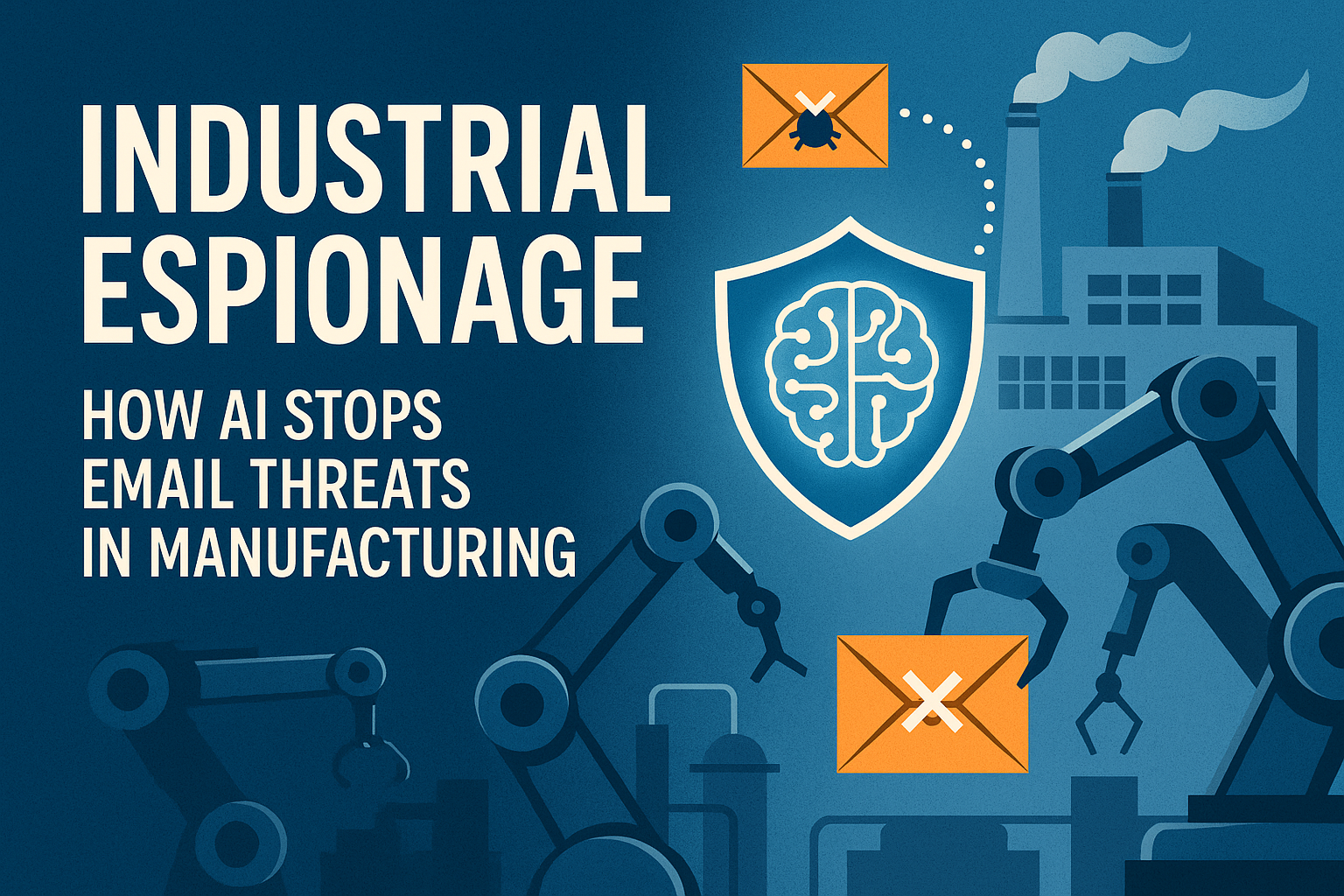

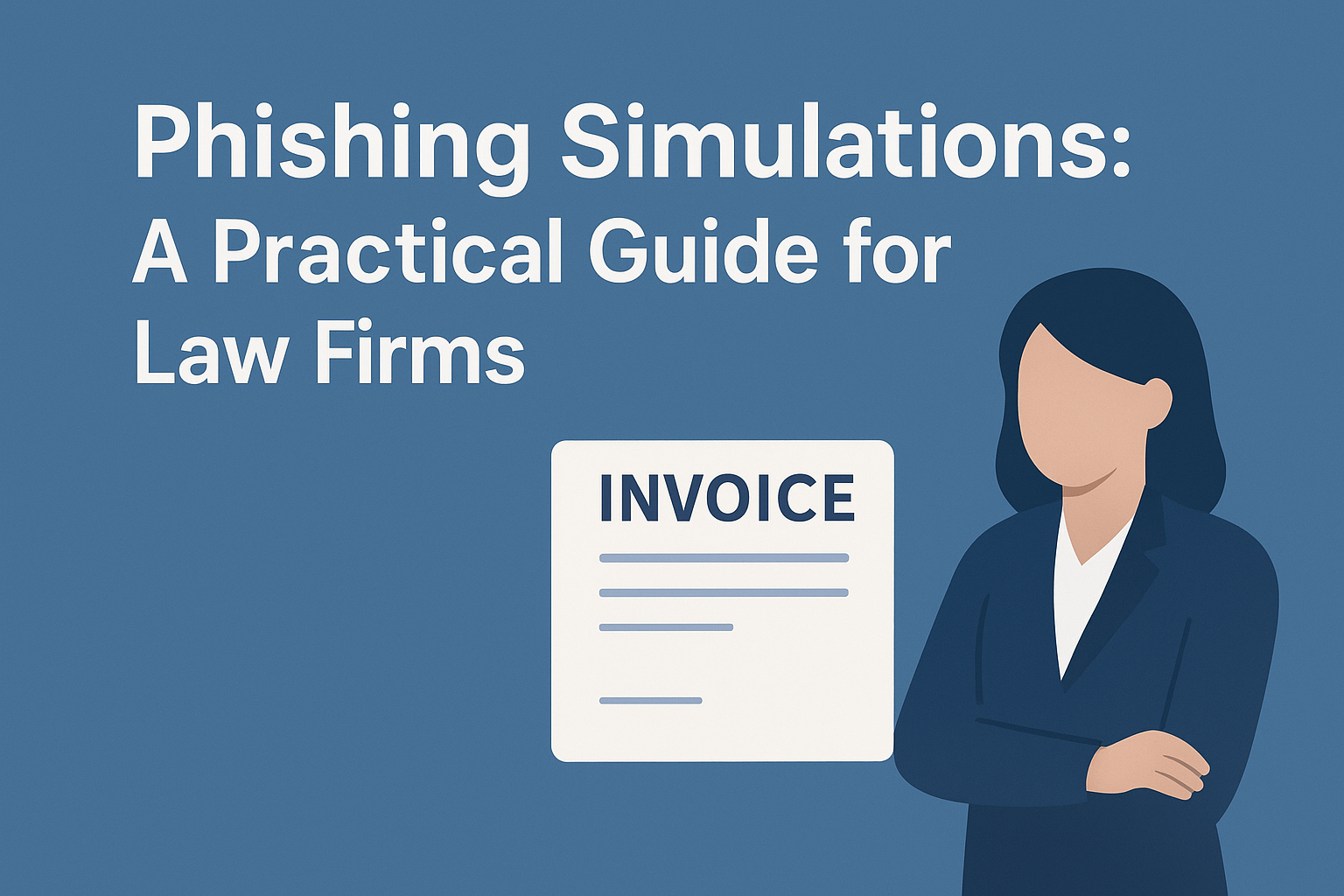


.png)
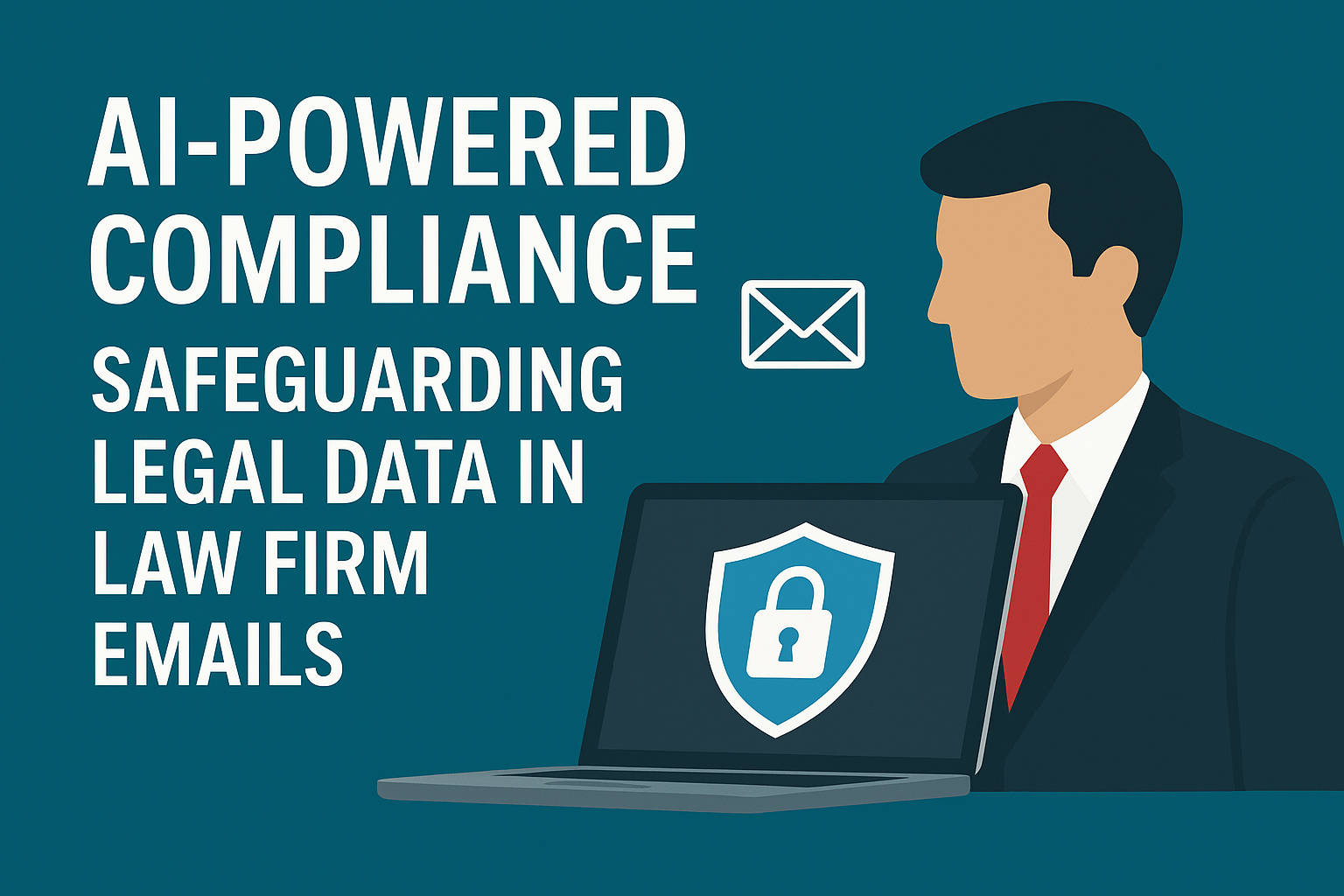
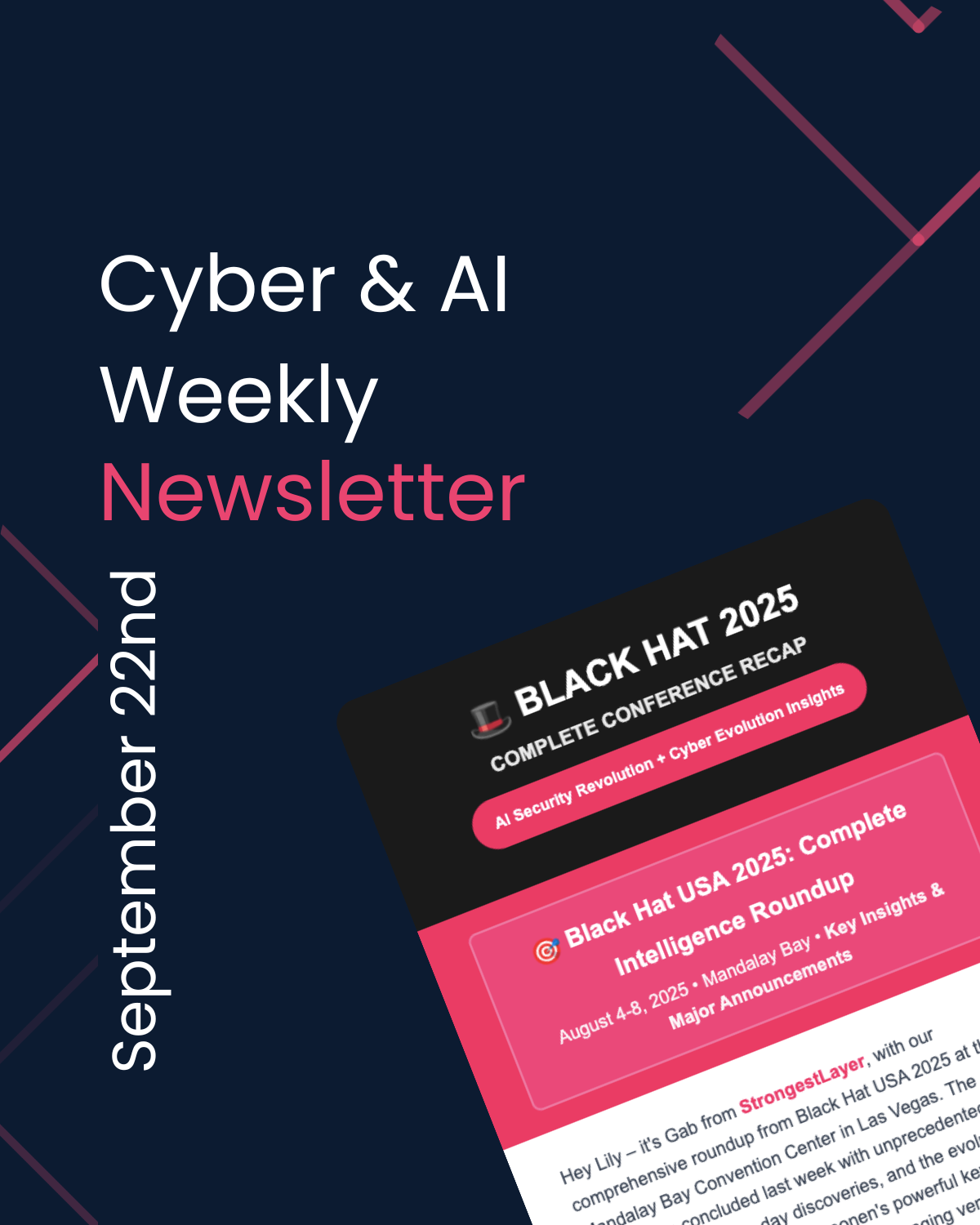




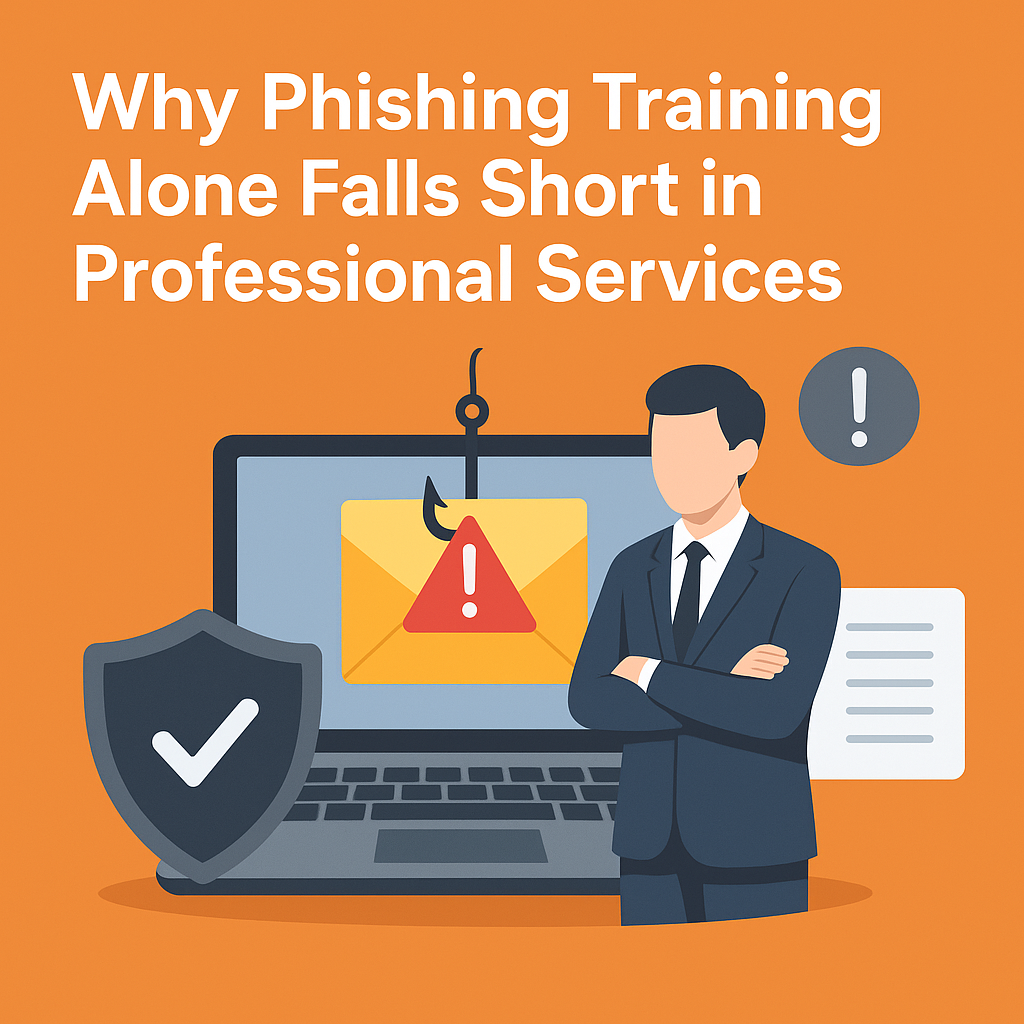

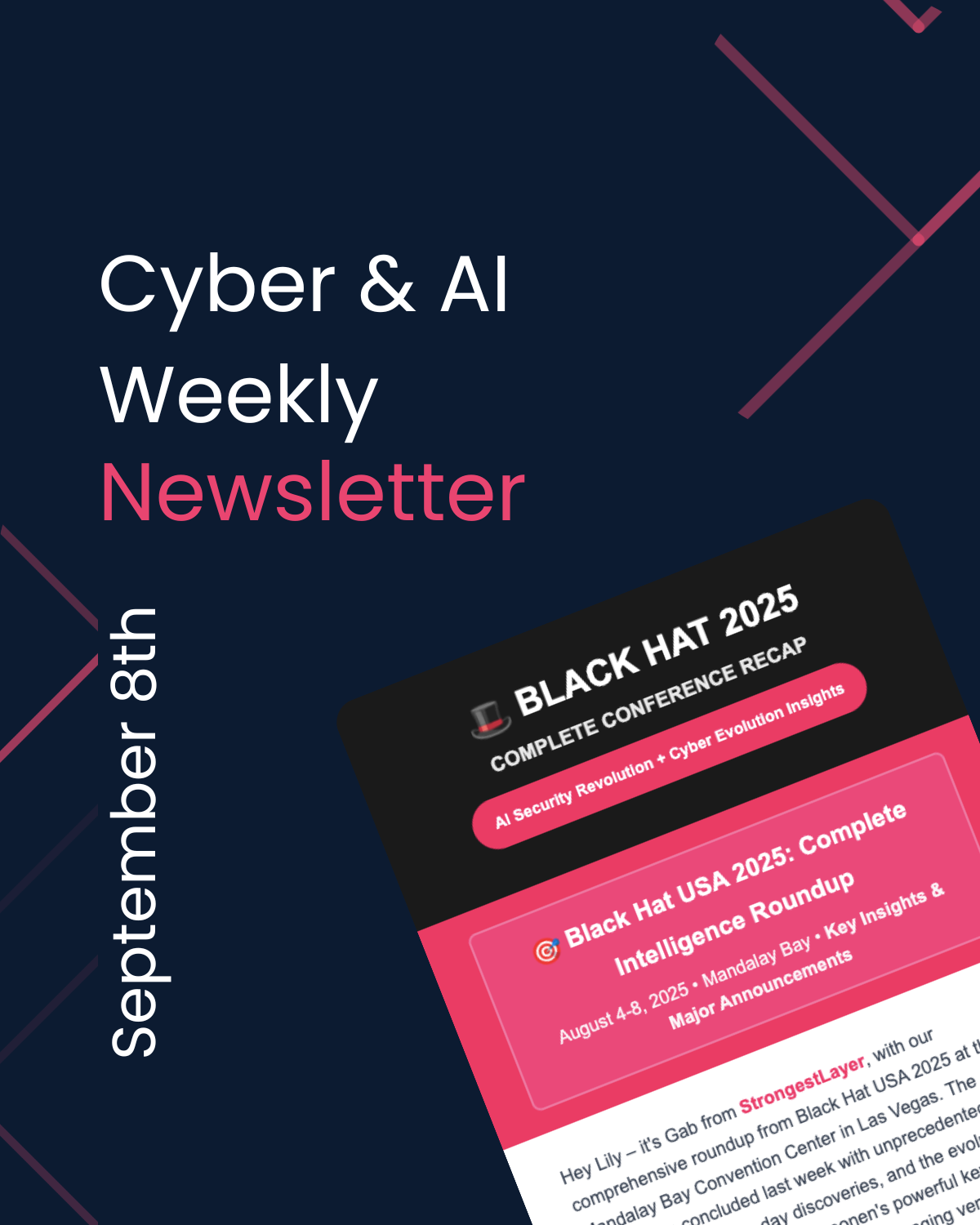


.png)

.png)

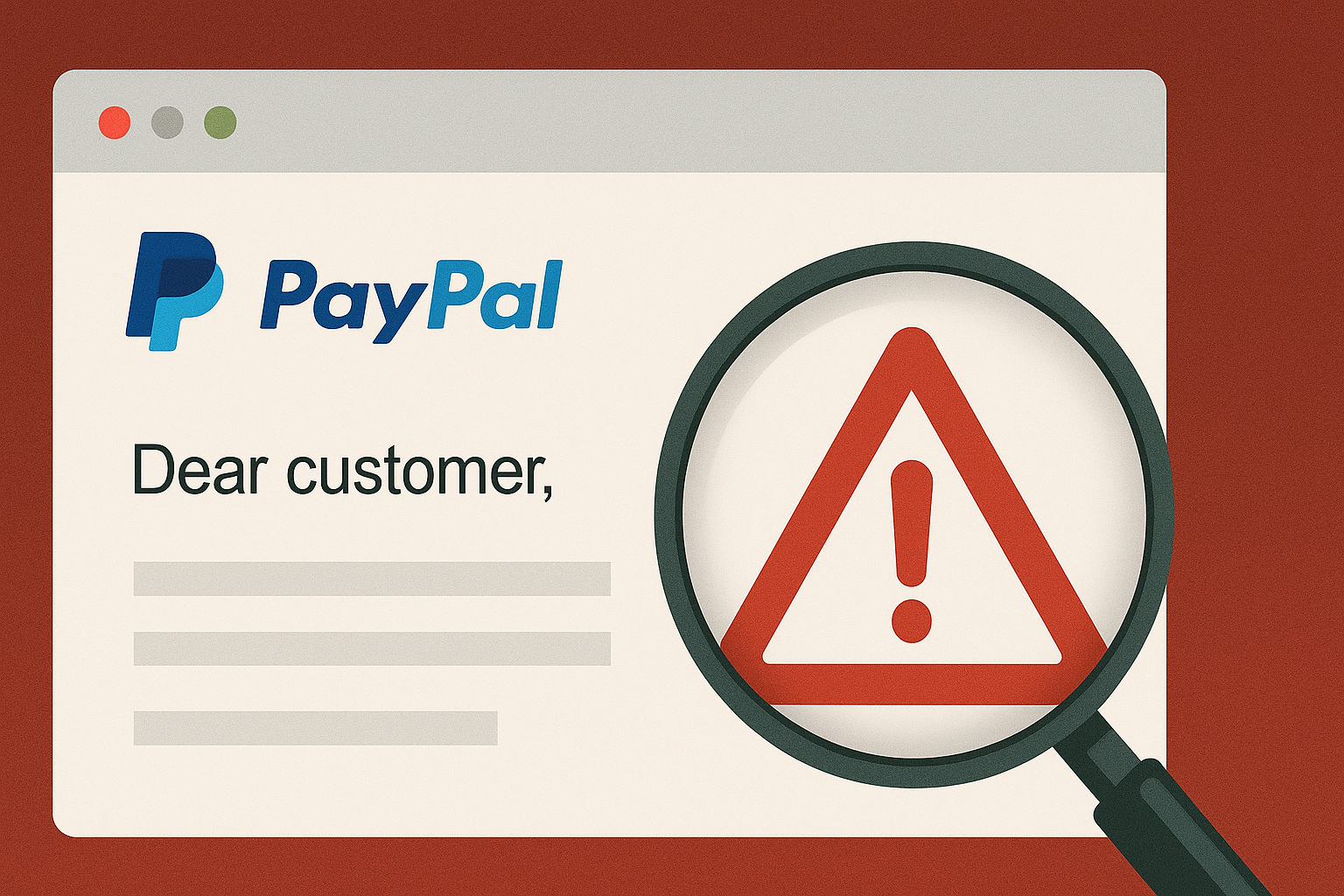
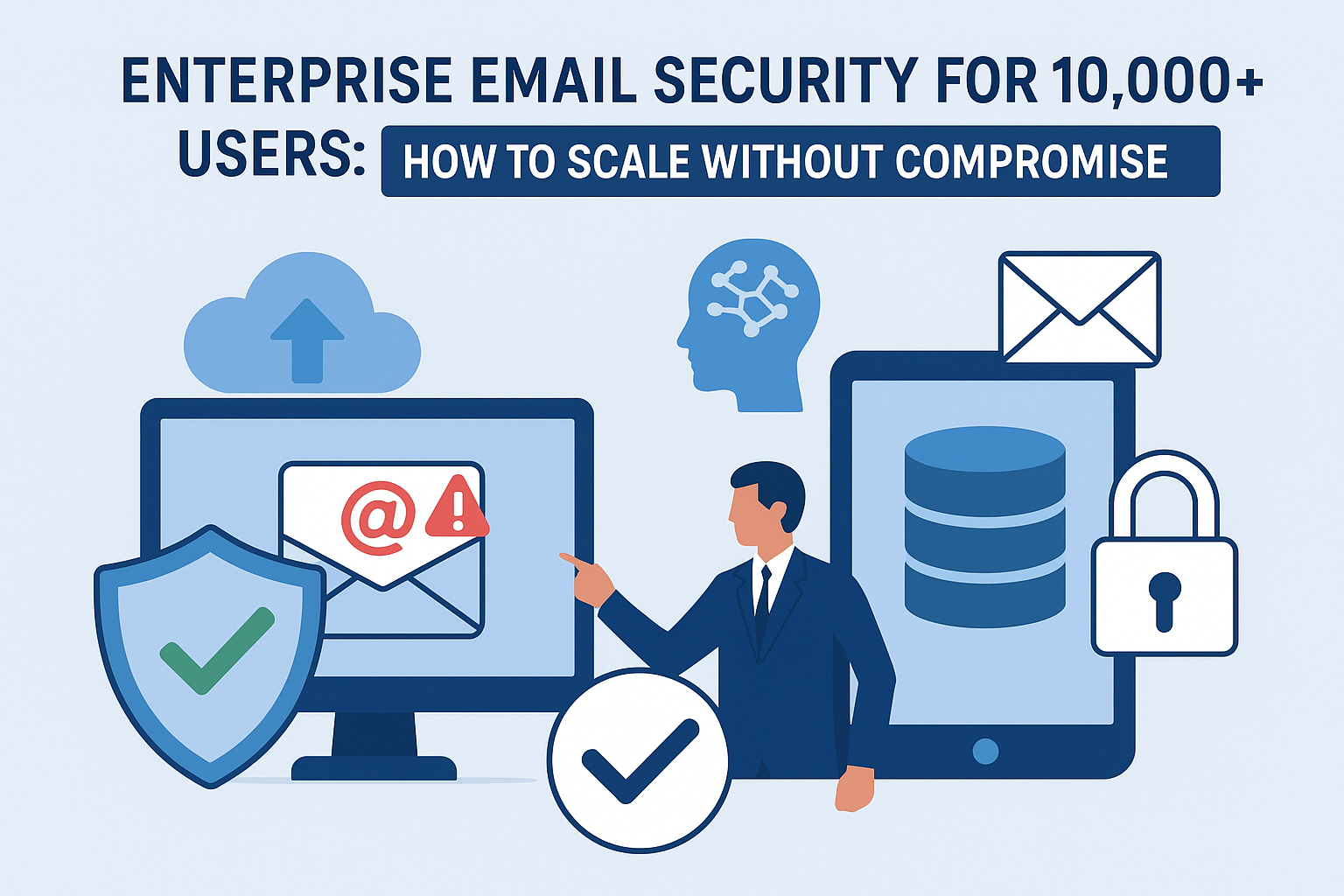
.png)
.jpg)
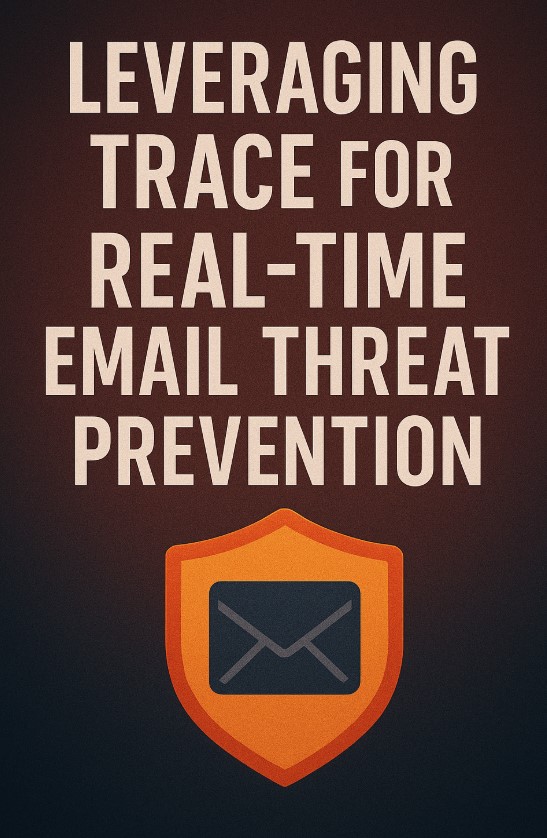
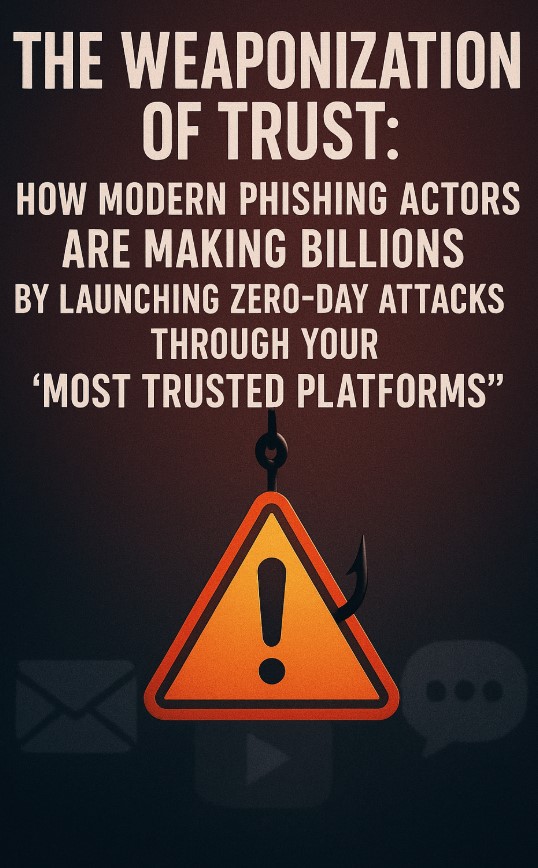
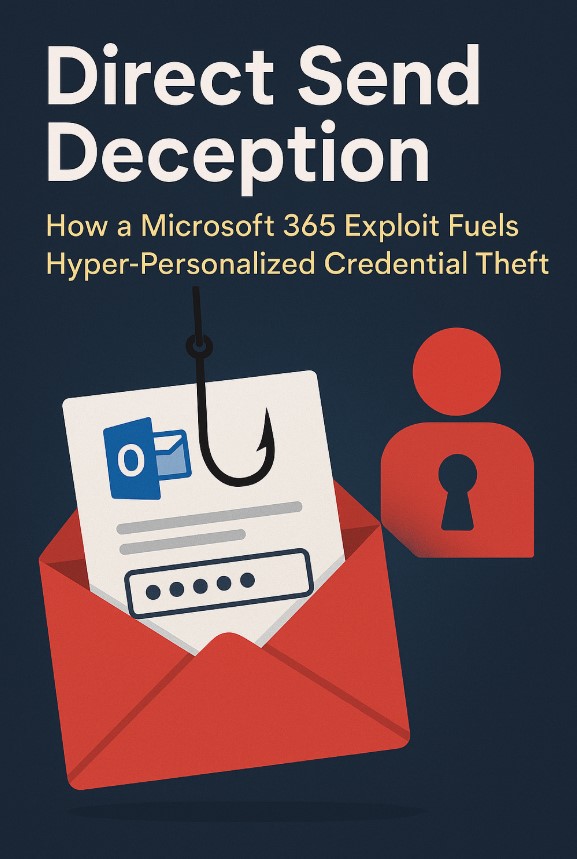
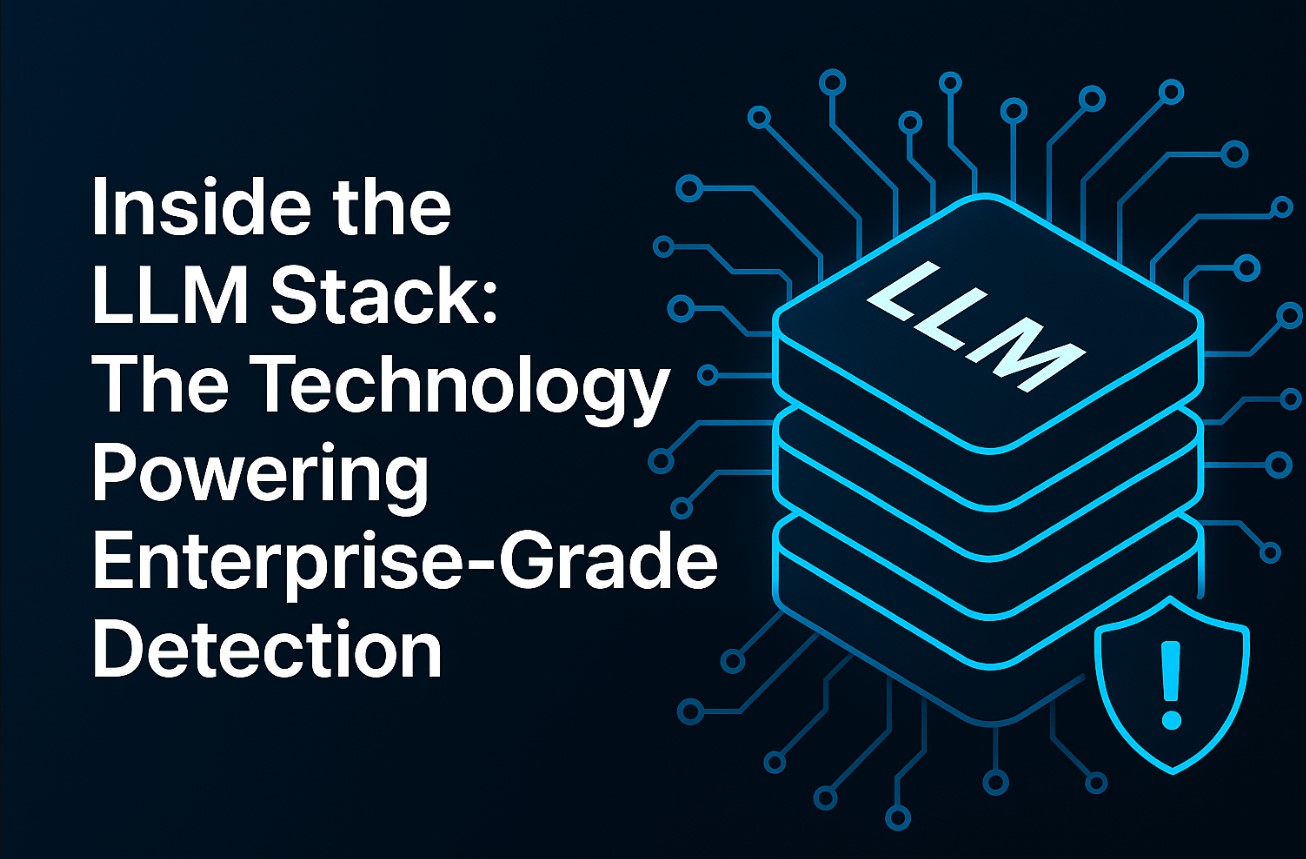
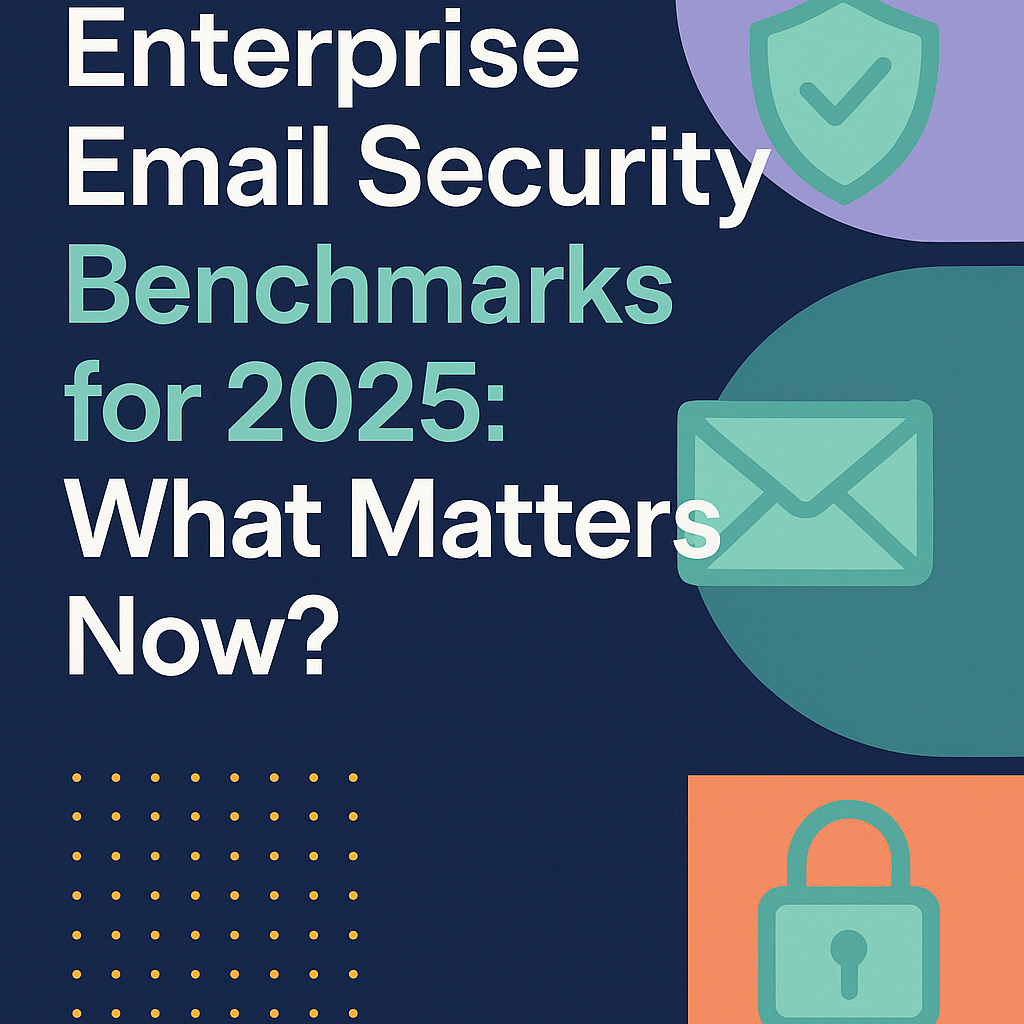


.png)







.png)






























%20Attacks%20in%202025.jpg)









